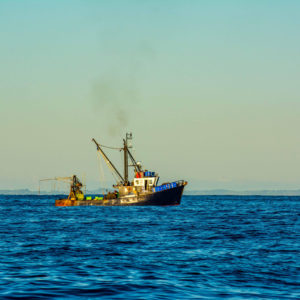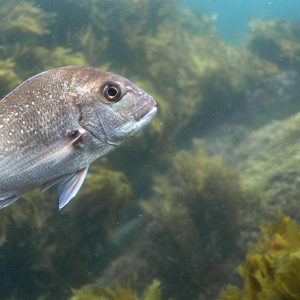In the last two months we have been deeply involved in the development of seven major submissions responding to fisheries management and policy proposals. The common theme is that excessive catches lead to demands for increased commercial quota. This is not new, but it’s frustrating given the greenwashing rhetoric from officials and industry captains about sustainability and being good guardians of our fish.
It’s becoming increasingly obvious, if we want our kids to inherit abundant fisheries we need to rebuild fish populations and better protect our marine ecosystems. This requires an overhaul of current practices, but who is brave enough to challenge the status quo?
The exit of David Parker as Minister for Oceans and Fisheries is a major loss. His precautionary decisions for snapper, tarakihi, scallops and crayfish were much appreciated. Yet even he couldn’t break down the wall of resistance to taking fewer fish now so there is future abundance.
Part of the problem is the partnership between quota owners and officials. Fisheries New Zealand is part of the Ministry for Primary Industries, so straight away our non-commercial interests are subsumed by their mutual goal to increase the value of exports and create more overseas markets.
Closer to home, the Fisheries Industry Transformation Plan devised by commercial interests and officials earlier this year was presented as an innovative pathway to more abundant fisheries. It was a shallow, self-serving grab for taxpayers’ funds to build bigger boats, including more powerful trawlers.
We have traditionally been supportive of local iwi and hapū initiatives to better manage depleted coastal resources using customary management tools. However, the list of applications awaiting Ministerial approval has turned into a river of discontent. Clear indication that the commercial catch limits applying to inshore fish populations are too high. When excessive catches are combined with land run-off, it is inevitable that biodiversity is lost as fish disappear and ecosystems degrade.
Since our inception in 2012, LegaSea has worked with our fisheries and policy experts at the New Zealand Sport Fishing Council, New Zealand Angling & Casting Association and New Zealand Underwater to promote precautionary management. However, this effort is matched by commercial interests and officials hiding behind the skirts of quota ownership and the Treaty Settlement, claiming both are untouchable.
The Quota Management System that locks in excessive catches is no longer tenable. It was a poor policy choice with a high level of resistance to change when things started going wrong.
Anytime now we all must come to the realisation that the madness must stop.
Major reform is required. The only workable alternative to the madness is called Rescue Fish. It’s a policy developed by a range of fishing and environmental interests and informed by overseas experiences. It’s based on encouraging people into low impact, small-scale fishing enterprises so they can fish locally and supply their own communities with fresh fish.
With some popular species hitting $50 per kilo and the current cost of living crisis, it makes sense to have locally caught, fresh fish available to families at more affordable prices.
Rescue Fish alternative
Since 2018 LegaSea, the New Zealand Sport Fishing Council, New Zealand Angling & Casting Association, and New Zealand Underwater have collaborated to develop a workable policy alternative to the Quota Management System (QMS). The alternative policy is called Rescue Fish – Ika Rauora.
Rescue Fish aims to restore fish populations to more abundant levels while ensuring all New Zealanders benefit from this national resource. Central to any reform or transformation is the de-industrialising of the inshore fisheries.
Industrial fishing off our coastline ramped up from the 1950s when more powerful trawl vessels targeted fish populations largely left alone during the war years. It was boom time.
It was also a time when large catches and wasteful practices were common in the race to catch the most while they could. A series of boom and bust fisheries followed. The few dissenting voices were drowned out by the drone of diesel engines and groaning winches hoisting massive bags of fish onboard.
By the 1970s fish were becoming scarcer and by the 1980s people realised change was required. The QMS was introduced in 1986 and the rights to our fish were given away for free, in perpetuity. Those who had caught the most fish during the race to create catch history were rewarded with the biggest share of the pie.
Little thought was given to the future. The public were assured that by giving the fish away, commercial fishers would fight to protect and enhance their interests in having abundant fish available to catch. Not so.
Over time it has become a war of attrition. Who can afford to stay in the game longest to argue their case for more (or less) catch?
Commercial interests are mostly successful in protecting their harvesting rights. Meanwhile, Māori customary and recreational fishing interests have come to realise that the roadblock to successfully rebuilding depleted fish populations is the powerful cartel comprising quota owners and government officials who have no regard to future generations’ interests.
The Rescue Fish policy is grounded on the principle that all fisheries belong to the people of Aotearoa New Zealand and must be maintained at a level that provides for the reasonably foreseeable needs of future generations.
Rescue Fish is an ambitious alternative to the status quo that seeks to generate more fish in the water for now and in the years to come.





